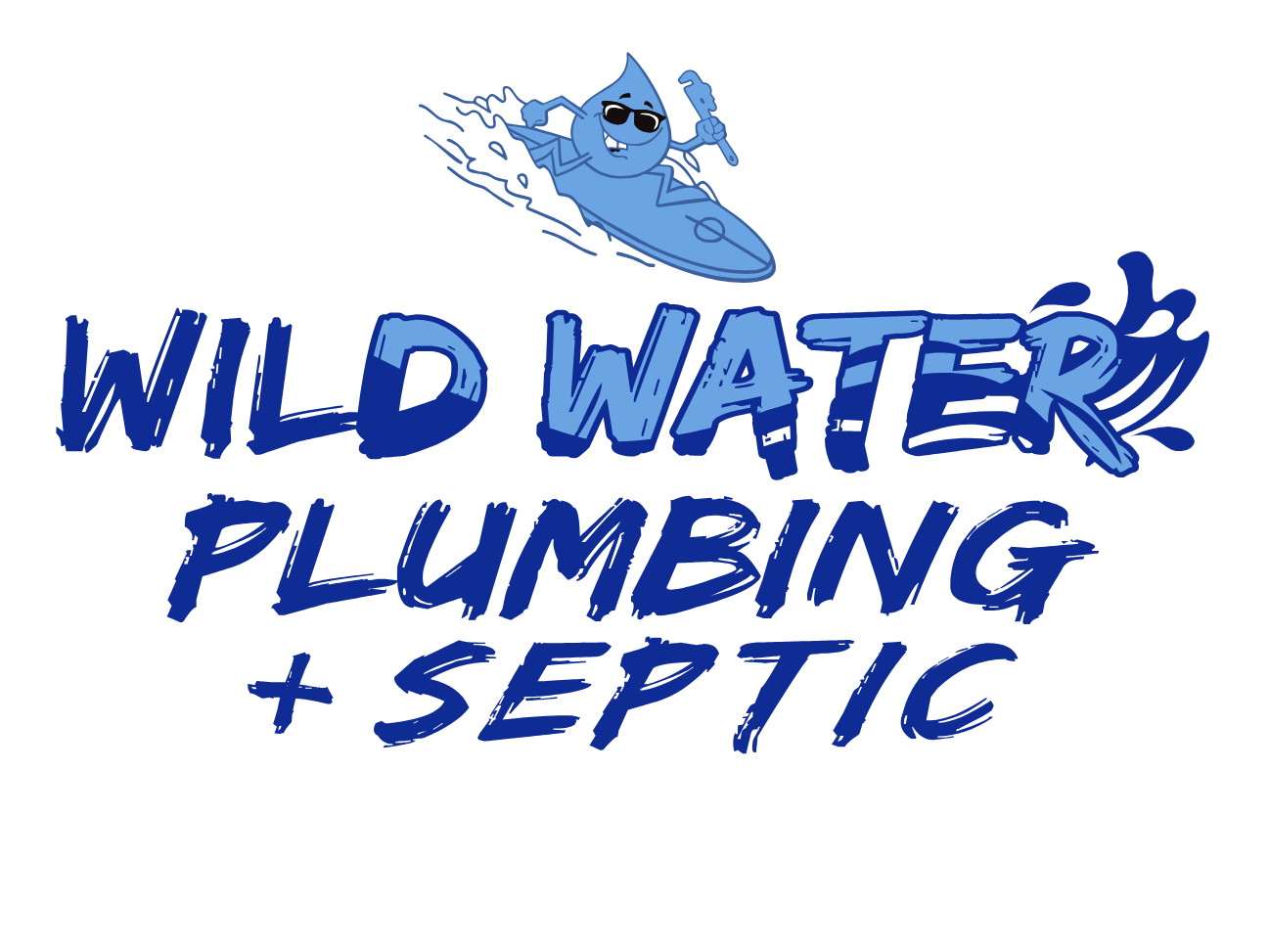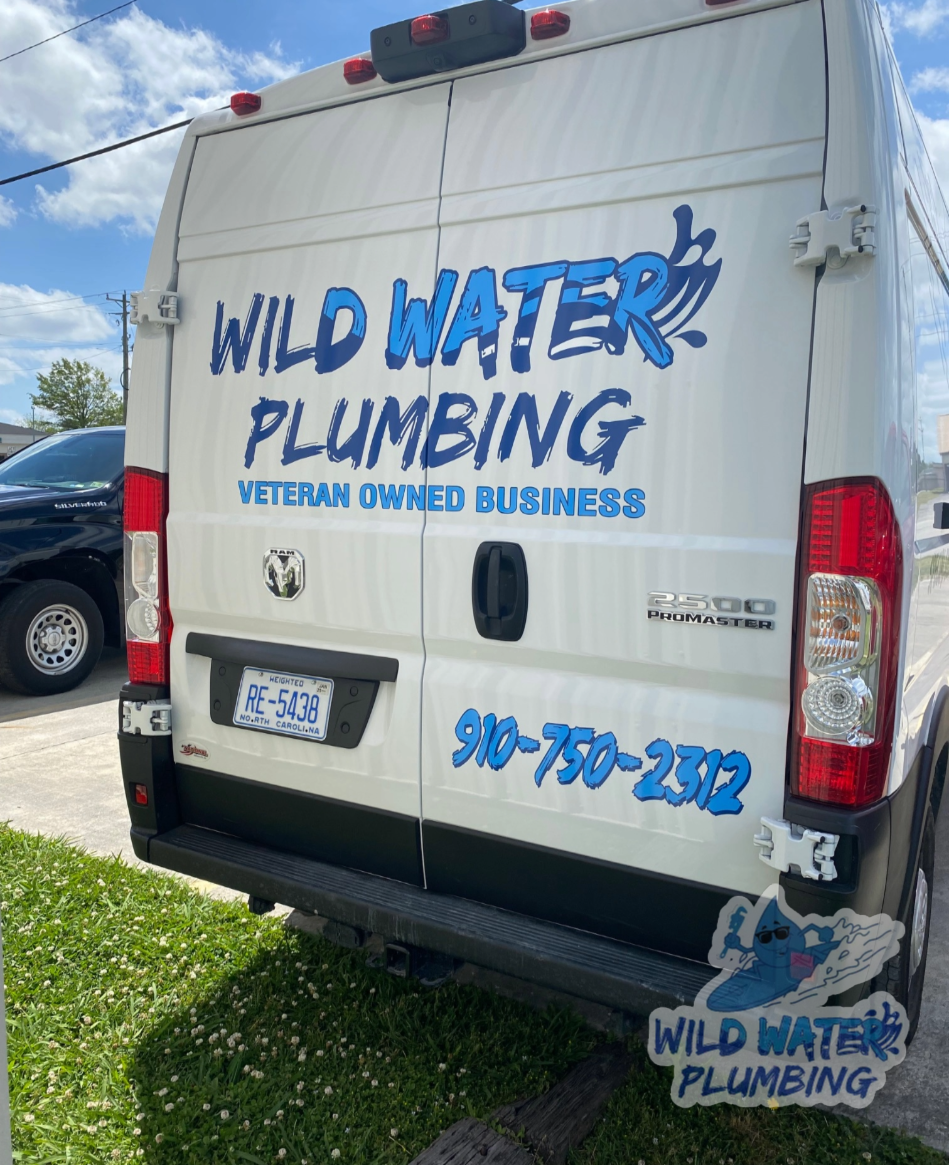SERVICING GREATER JACKSONVILLE AND RICHLANDS, NCGrinder Pump
Repair & Installation
REPAIR, TESTING, & INSTALLATION10 Warning Signs Your Grinder Pump is Failing
VETERAN OWNED & OPERATEDGrinder Pump Services
- How Do Grinder Pumps Connect to Septic Systems?
- Installing Grinder Pumps
- Inspecting & Maintaining Grinder Pumps
Regular grinder pump inspections and maintenance are key to keep everything running smoothly. Our plumber will not only fix issues as they arise but also give tips to homeowners on how to keep their systems in good shape.
SERVICING GREATER JACKSONVILLE AND RICHLANDS, NCGrinder Pump
Repair & Installation
Grinder pumps effectively manage household wastewater by breaking down solid waste and pumping the resulting slurry into your septic system. This system provides reliable waste disposal, even in difficult terrains. Ensuring your grinder pump is properly installed and regularly maintained is crucial for the long-term performance and efficiency of your septic system.
REPAIR, TESTING, & INSTALLATION10 Warning Signs Your Grinder Pump is Failing
VETERAN OWNED & OPERATEDGrinder Pump Services
- How Do Grinder Pumps Connect to Septic Systems?
- Installing Grinder Pumps
- Inspecting & Maintaining Grinder Pumps
Regular grinder pump inspections and maintenance are key to keep everything running smoothly. Our plumber will not only fix issues as they arise but also give tips to homeowners on how to keep their systems in good shape.
Recent Jobs and Reviews in Jacksonville, NC
OUTDOOR PLUMBINGGrinder Pump FAQs
Look out for strange noises, bad smells, frequent clogs, or if your pump alarm is going off. If your drains are slow or you notice sewage backups, it’s time to call us for an inspection.
Signs that your grinder pump may need replacement include frequent clogs, strange noises, bad odors, constant running, and higher energy bills. If you experience any of these issues, it’s crucial to have a professional plumber inspect the pump. While some problems can be fixed with repairs, persistent or severe issues often indicate that a replacement is necessary to ensure reliable and efficient operation. Regular maintenance and timely attention to warning signs can help you avoid unexpected failures.
Grinder pumps should be serviced every 1-2 years to ensure they are operating efficiently. Regular maintenance includes inspecting the pump, cleaning out any debris, and checking the electrical connections. Routine checks can help prevent unexpected failures and extend the life of your pump.
No, even with a grinder pump, you should only flush toilet paper and human waste. Avoid flushing items like wipes, feminine hygiene products, grease, and harsh chemicals, as they can cause clogs and damage the pump. Proper disposal of waste ensures the longevity and reliability of your grinder pump and septic system.
If your grinder pump alarm goes off, it indicates a problem with the system. Stop using water immediately to prevent overloading the pump and causing backups. Check the alarm panel for any specific error codes and contact our professional plumber to diagnose and fix the issue promptly. Ignoring the alarm can lead to significant damage and costly repairs.
OUTDOOR PLUMBINGGrinder Pump FAQs
Look out for strange noises, bad smells, frequent clogs, or if your pump alarm is going off. If your drains are slow or you notice sewage backups, it’s time to call us for an inspection.
Signs that your grinder pump may need replacement include frequent clogs, strange noises, bad odors, constant running, and higher energy bills. If you experience any of these issues, it’s crucial to have a professional plumber inspect the pump. While some problems can be fixed with repairs, persistent or severe issues often indicate that a replacement is necessary to ensure reliable and efficient operation. Regular maintenance and timely attention to warning signs can help you avoid unexpected failures.
Grinder pumps should be serviced every 1-2 years to ensure they are operating efficiently. Regular maintenance includes inspecting the pump, cleaning out any debris, and checking the electrical connections. Routine checks can help prevent unexpected failures and extend the life of your pump.
No, even with a grinder pump, you should only flush toilet paper and human waste. Avoid flushing items like wipes, feminine hygiene products, grease, and harsh chemicals, as they can cause clogs and damage the pump. Proper disposal of waste ensures the longevity and reliability of your grinder pump and septic system.
If your grinder pump alarm goes off, it indicates a problem with the system. Stop using water immediately to prevent overloading the pump and causing backups. Check the alarm panel for any specific error codes and contact our professional plumber to diagnose and fix the issue promptly. Ignoring the alarm can lead to significant damage and costly repairs.


